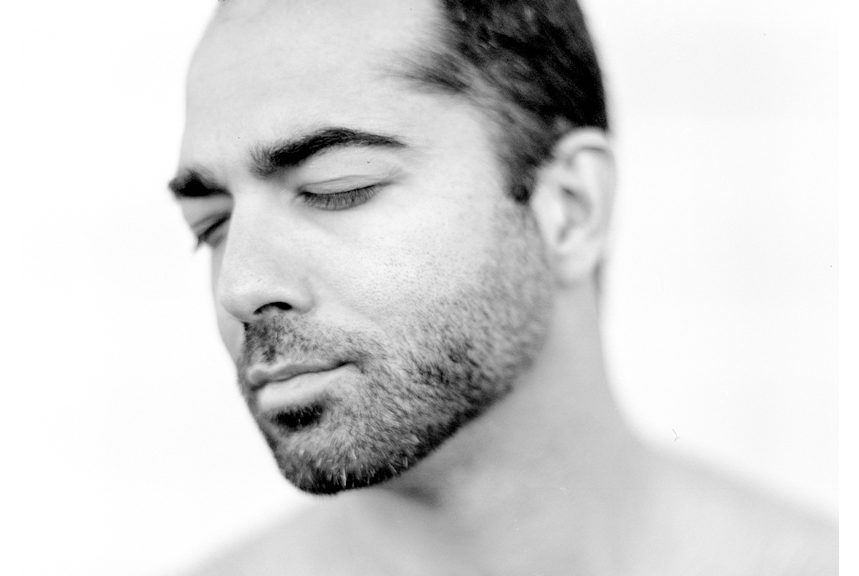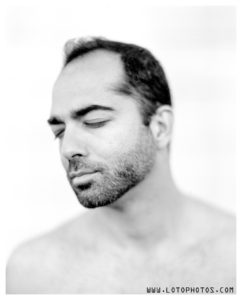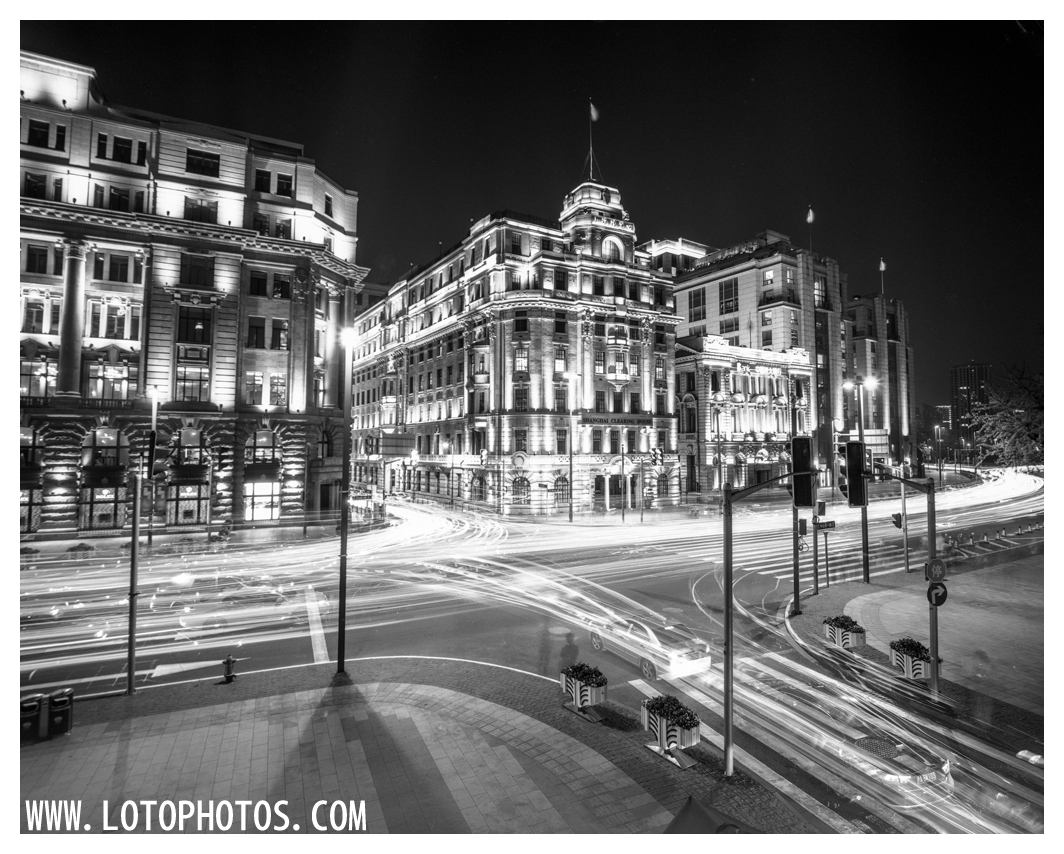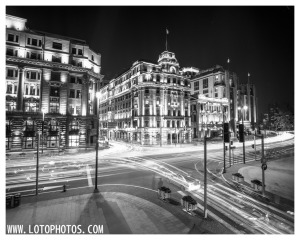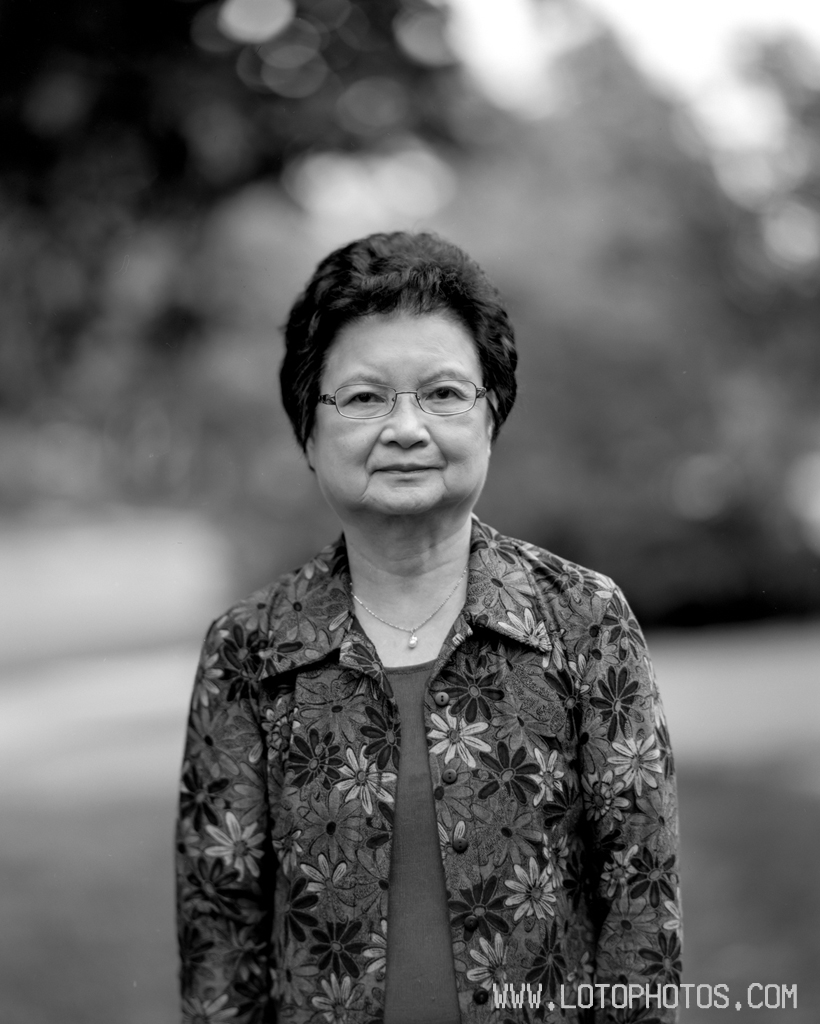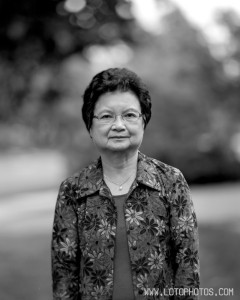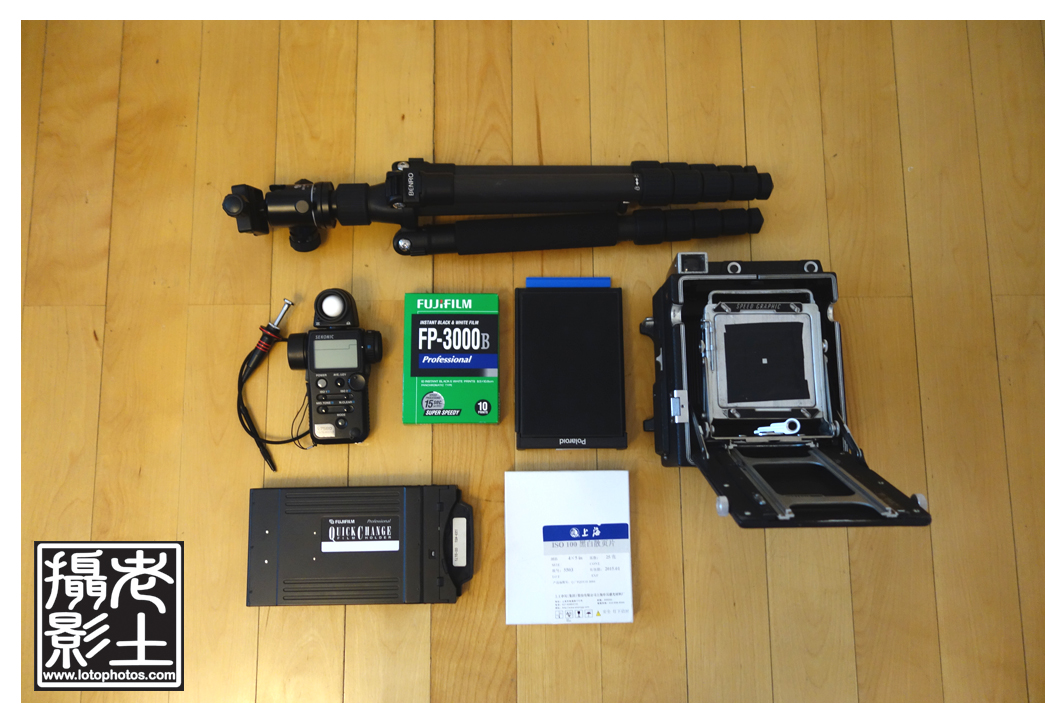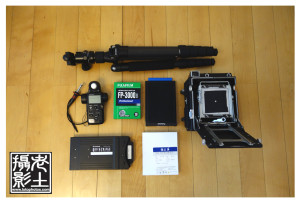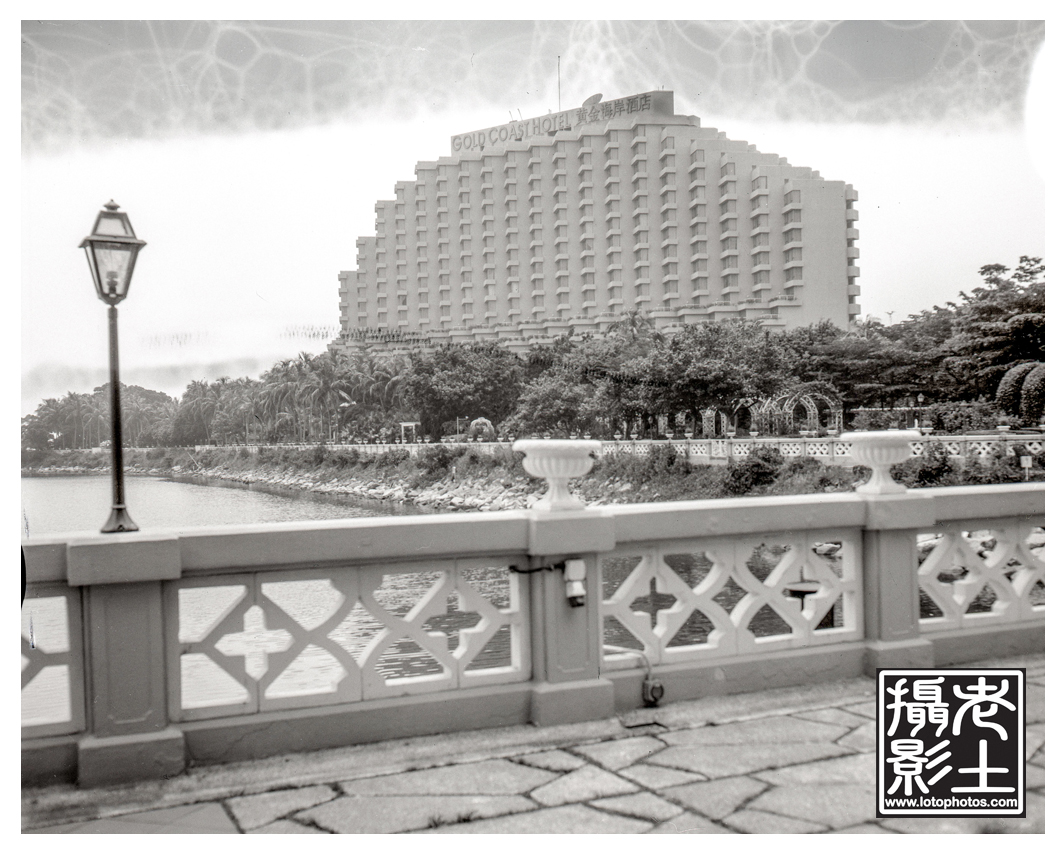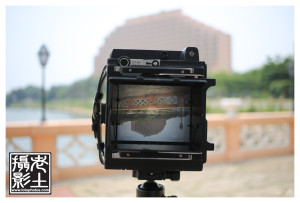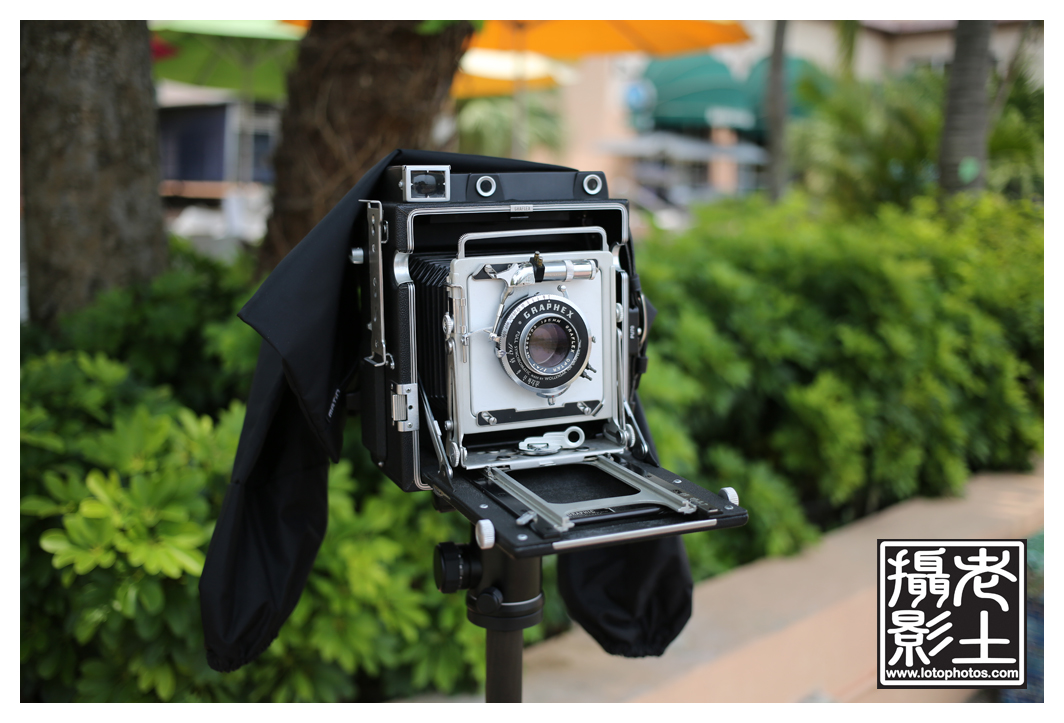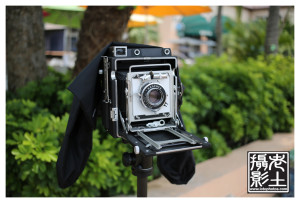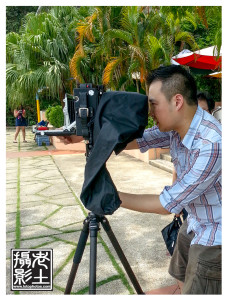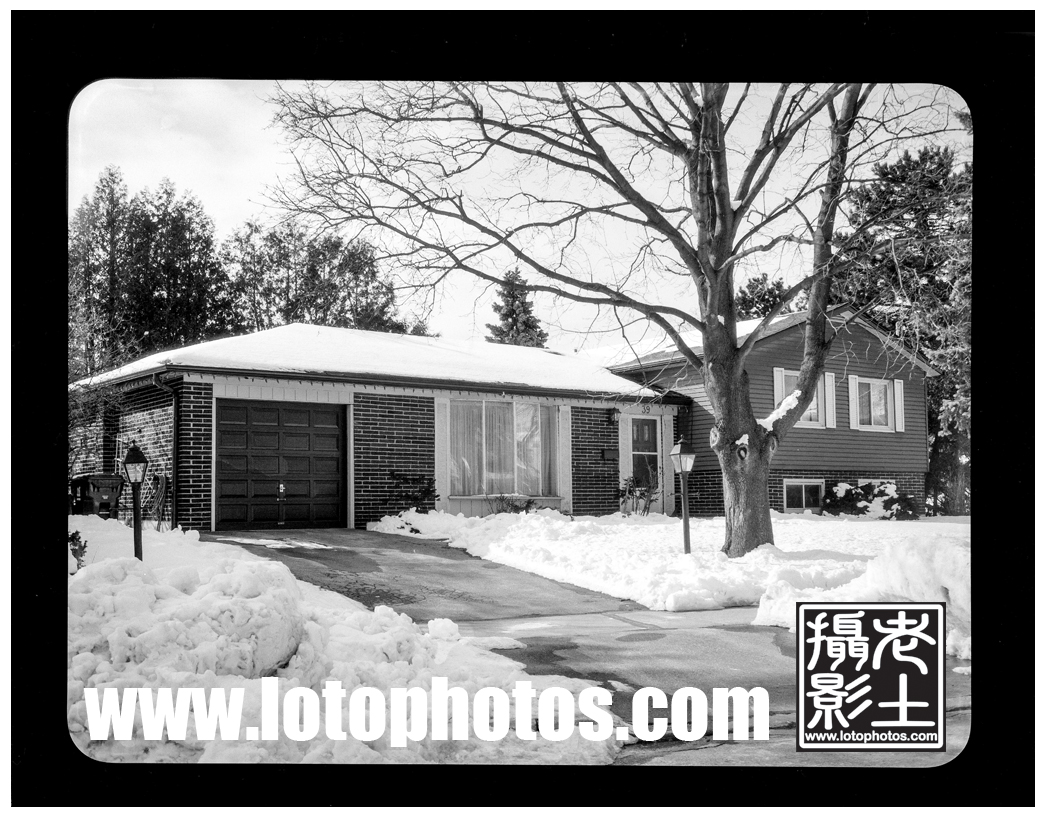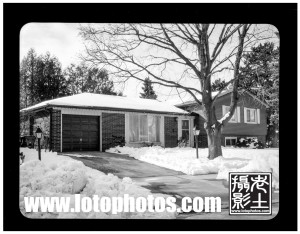April 2016 had been the most productive month for lotophotos. Here are some large format portraits done for my visitors this month.
First one is Joseph Wei, a drummer and music producer from Hong Kong. The photo is taken inside a studio (with multiple flashes) from Kodak 2d 8×10 camera + Fujinon 250mm f6.3 lens + Kodak B/RA x-ray film.
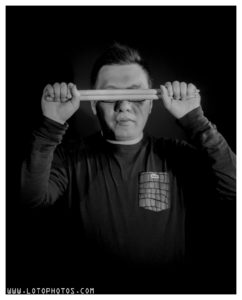
The second one is of Michael Ho taken with Graflex Speed Graphic + Kodak Aero Ektar 178mm f2.5 lens + Expired (1993) Kodak Plus-X Pan 4×5 film. The Kodak aero ektar lens is always my preferred lens for 4×5 portraits. I am also happy that the very expired plus-x film still very useable despite metering it at ISO 50 (instead of the stock 125).
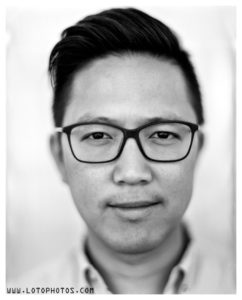
The following one is of Richard Fung in deep thought. Also shot with Graflex Speed Graphic + Kodak Aero Ektar 178mm f2.5 lens + Expired (1993) Kodak Plus-X Pan 4×5 film.
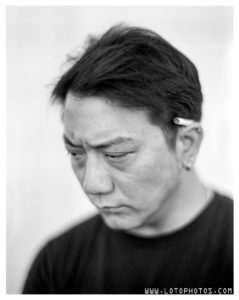
My friend Pouya Ashtiani models for the next shot. He was enjoying the warm San Francisco weather in this photo shot from Graflex Speed Graphic + Kodak Aero Ektar 178mm f2.5 lens + Kodak Plus-X Pan film.
Graflex Speed Graphic + Kodak Aero Ektar 178mm f2.5 + Kodak Plus-X Pan film
The last set is from the lovely couple Marko Kudjerski and Yandra Lluch. These polaroids were taken from Graflex Speed Graphic + Kodak Aero Ektar 178mm f2.5 lens + one big 1000 LED panel as light source.
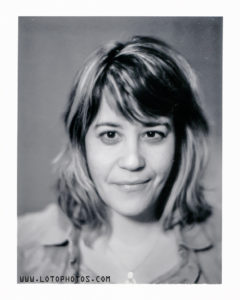
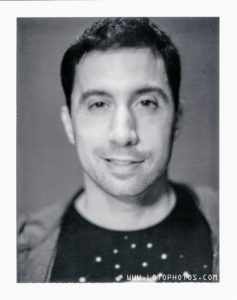
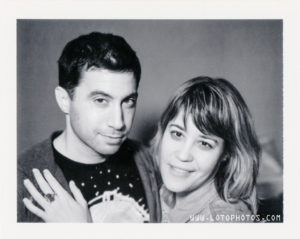
Here are the portraits taken from April 2016 and I hope the models are as happy with the images as I was!

